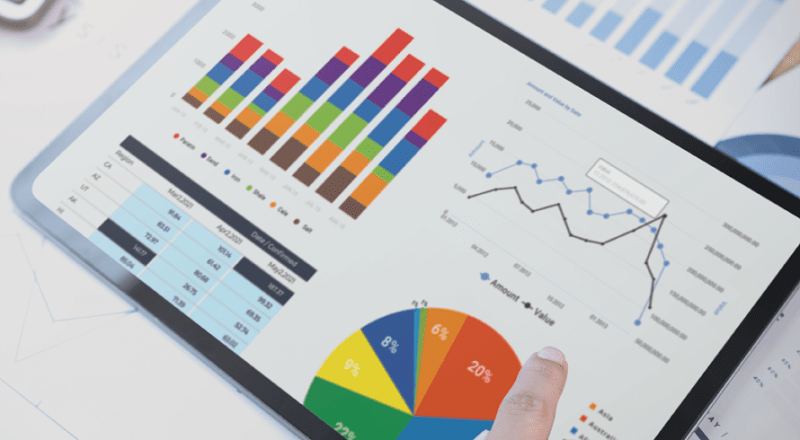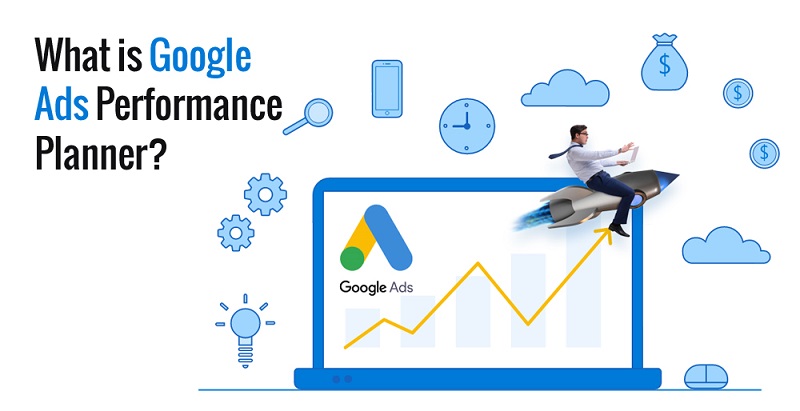Performance planning is a strategy that helps businesses use their resources to improve how they operate. This article compares and contrasts the advantages and disadvantages of using performance planner software over traditional plans, offers tips for implementing a performance planner for your business, and concludes by outlining the important role this software plays in managing your company’s resources.
What is a Performance Planner?
Performance planners help businesses develop and execute effective plans to improve performance. The planner helps identify the causes of poor performance, determines where improvements can be made and create a timetable for implementation. Performance planners can also help identify potential risks and obstacles to success and devise strategies to overcome them.
For businesses with complex operations, a performance planner can help simplify the process of improving performance by identifying measurable objectives, creating tracking systems, and communicating results to all stakeholders.
Performance planners should be consulted when:
-A business faces challenges in achieving its goals
-A business needs to make changes in order to improve performance
-There is confusion about how best to improve performance
-Objectives or goals are not well defined
The benefits of using a performance planner
Performance planning is a process that helps businesses identify and address gaps in performance, so they can achieve their goals. Performance planning can help your business achieve key priorities, improve efficiency, and boost productivity.
When used correctly, performance planning can help you:
- First, optimize your team’s performance.
- Identify areas where you need to improve productivity.
- Create a roadmap for future growth.
- Identify areas where you can reduce costs.
Performance planning isn’t just for large businesses with dozens of employees. In fact, many small businesses could also benefit from using a performance planner. Here are some reasons why your business should consider using one:
Small businesses often have tighter budgets, so they need to be mindful of every dollar they spend. A performance planner can help you identify areas where you can save money without compromising the quality of your products or services.
Small businesses often don’t have the resources to conduct comprehensive surveys or perform complicated analyses. A performance planner can help you gather data from a variety of sources, including customer feedback, operational data, and employee surveys. This information will allow you to track progress and make adjustments as needed.
Benefits of using a performance planner for your business
Performance planning is a valuable tool for organizations of all sizes. A performance planner can help you identify key areas where your business can improve and track progress. Here are some benefits of using a performance planner:
- Improved communication and coordination: A performance planner helps you communicate insights and updates more efficiently across the organization. It also helps you coordinate efforts across different teams so everyone is on the same page.
- Increased productivity and creativity: A performance planner can spur creativity and productivity within your team by tracking progress and identifying bottlenecks. In addition, it can help you make better decisions about where to allocate resources.
- Improved customer service: By understanding how customers interact with your products or services, you can improve your customer service experience. This information can also be used to improve product design or marketing campaigns.
- Reduced stress and increased motivation: Knowing where you stand and making gradual progress toward your goals can be motivating. Employees are more likely to take risks and push themselves to new heights with less pressure.
Why should your business use a performance planner?
Performance planning is a process that helps organizations identify their goals and objectives, set measurable targets, and track their progress. By accomplishing these three tasks, performance planners can help organizations achieve their desired results more quickly and efficiently.
First and foremost, a performance planner can help businesses maximize their resources by ensuring they are working towards the right goals. By setting measurable targets, businesses can measure their progress and adjust as needed. This helps businesses avoid wasting time and money on projects that aren’t effective or don’t have any real impact. Plus, it gives employees a clear understanding of what is expected of them and sets boundaries for future development.
A performance planner also helps to identify potential problems early on. By identifying objectives and goals, performance planners can assess which areas need more attention. If there are any problems with an objective or goal, this will be highlighted sooner so that corrective action can be taken in a timely manner. This helps to avoid costly delays or missed opportunities down the road.
In addition to helping businesses achieve their desired results, a performance planner can also boost employee morale and motivation. By setting clear expectations and providing ample opportunity for growth, employees are encouraged to do their best and take full responsibility for their own performance.
By providing frequent feedback, a performance planner can help employees recognize when they are doing well or when improvements are necessary. This helps prevent burnout among employees and better ensures they are motivated to be productive.
A good performance planner will keep his or her finger on the pulse of business trends. Most businesses operate in a dynamic environment where changes occur almost daily. Businesses that do not monitor these changes can be left behind and hampered by competitors who have become more efficient at finding opportunities for growth or innovation. Therefore, performance planners must possess a keen eye for change to spot those changes and adapt accordingly.





